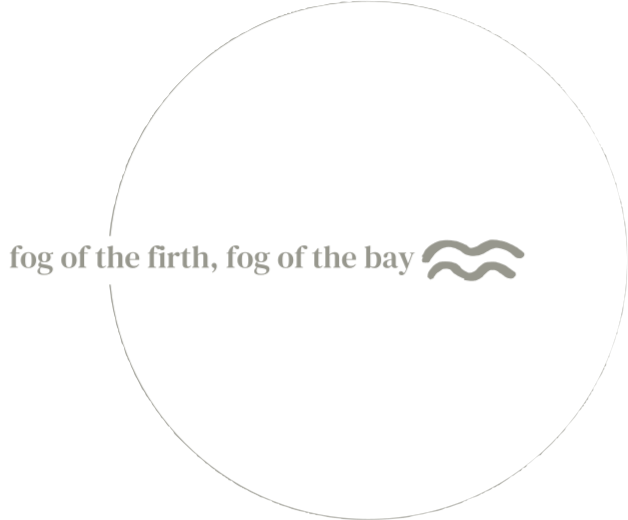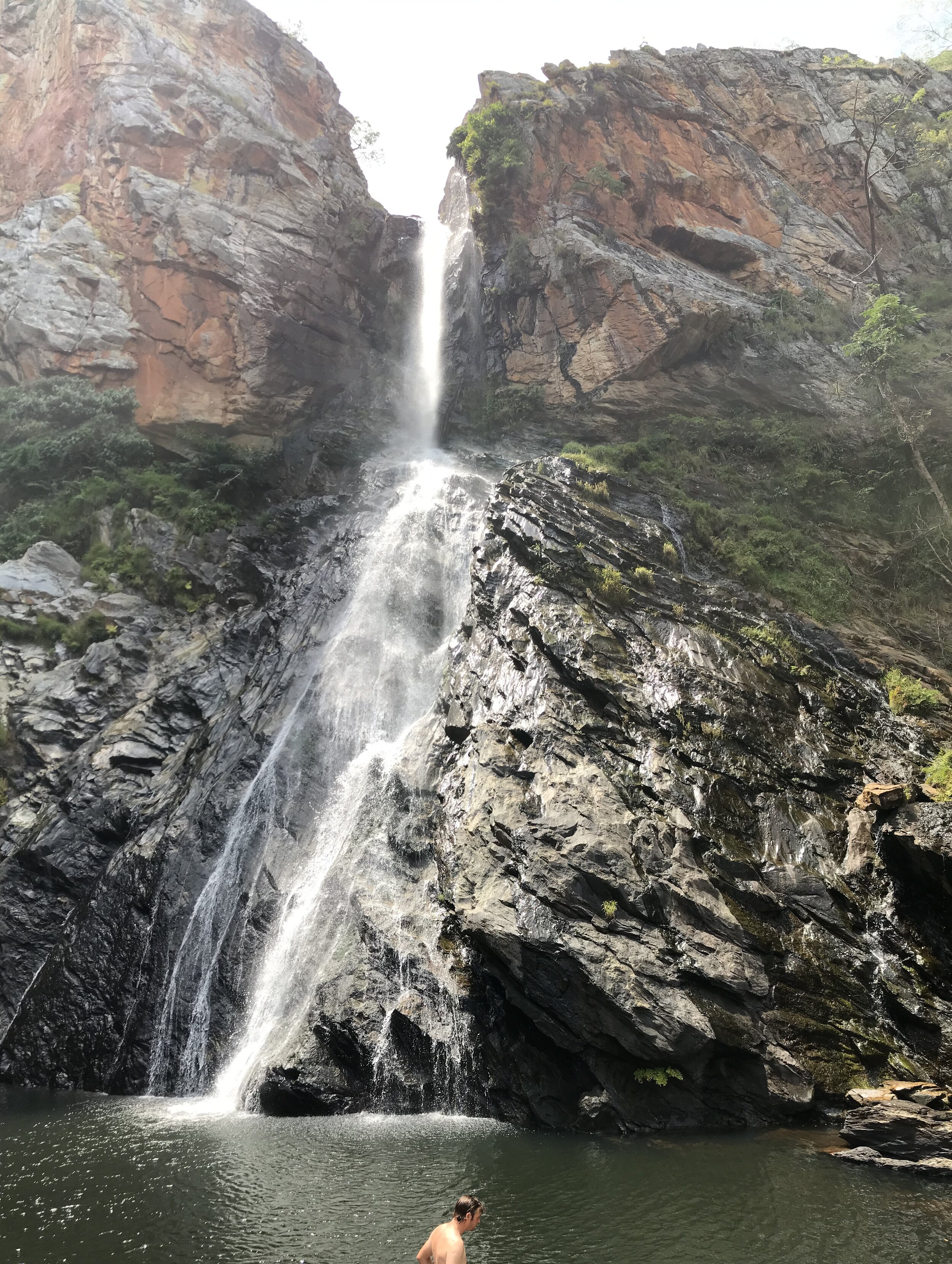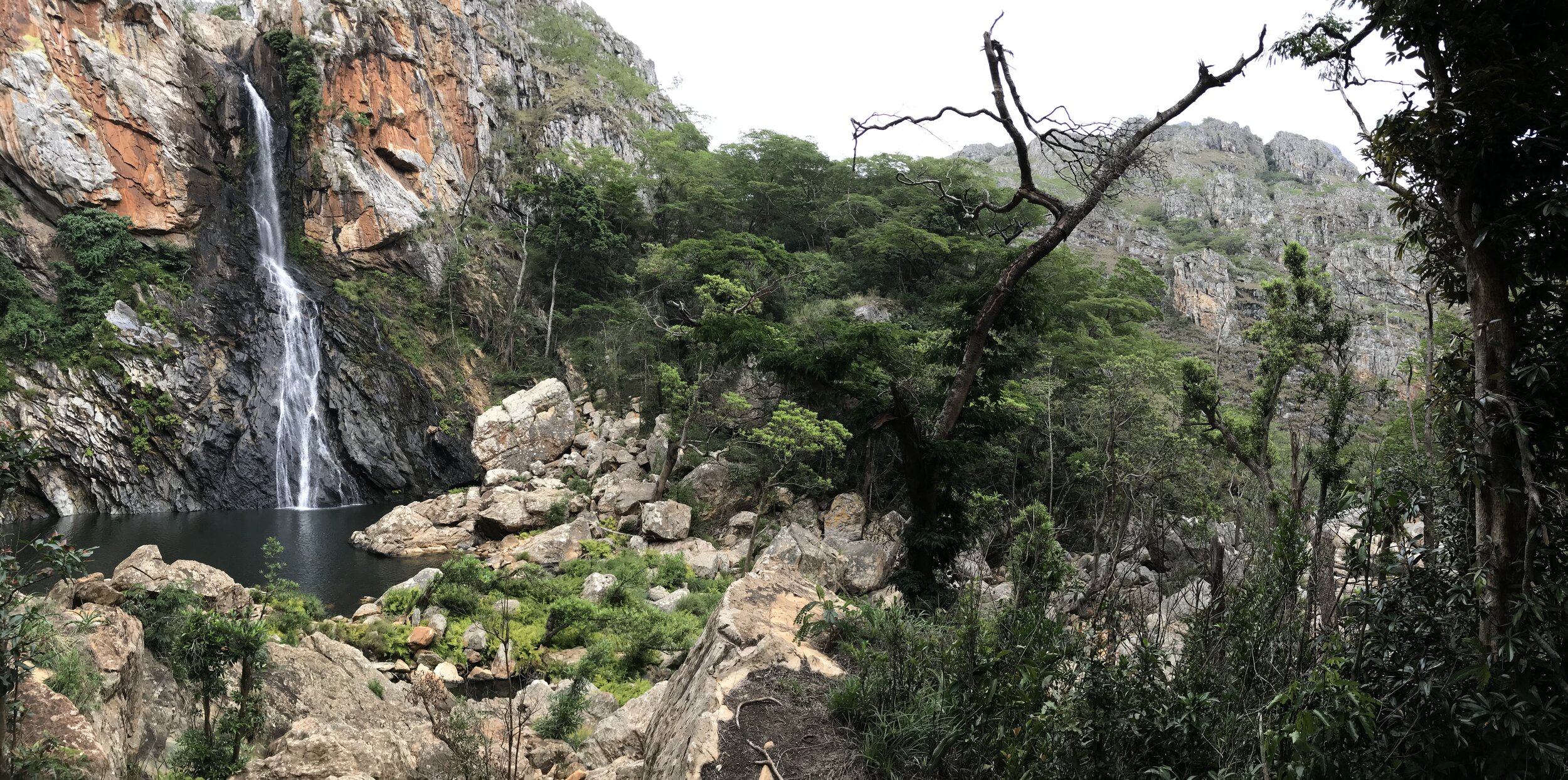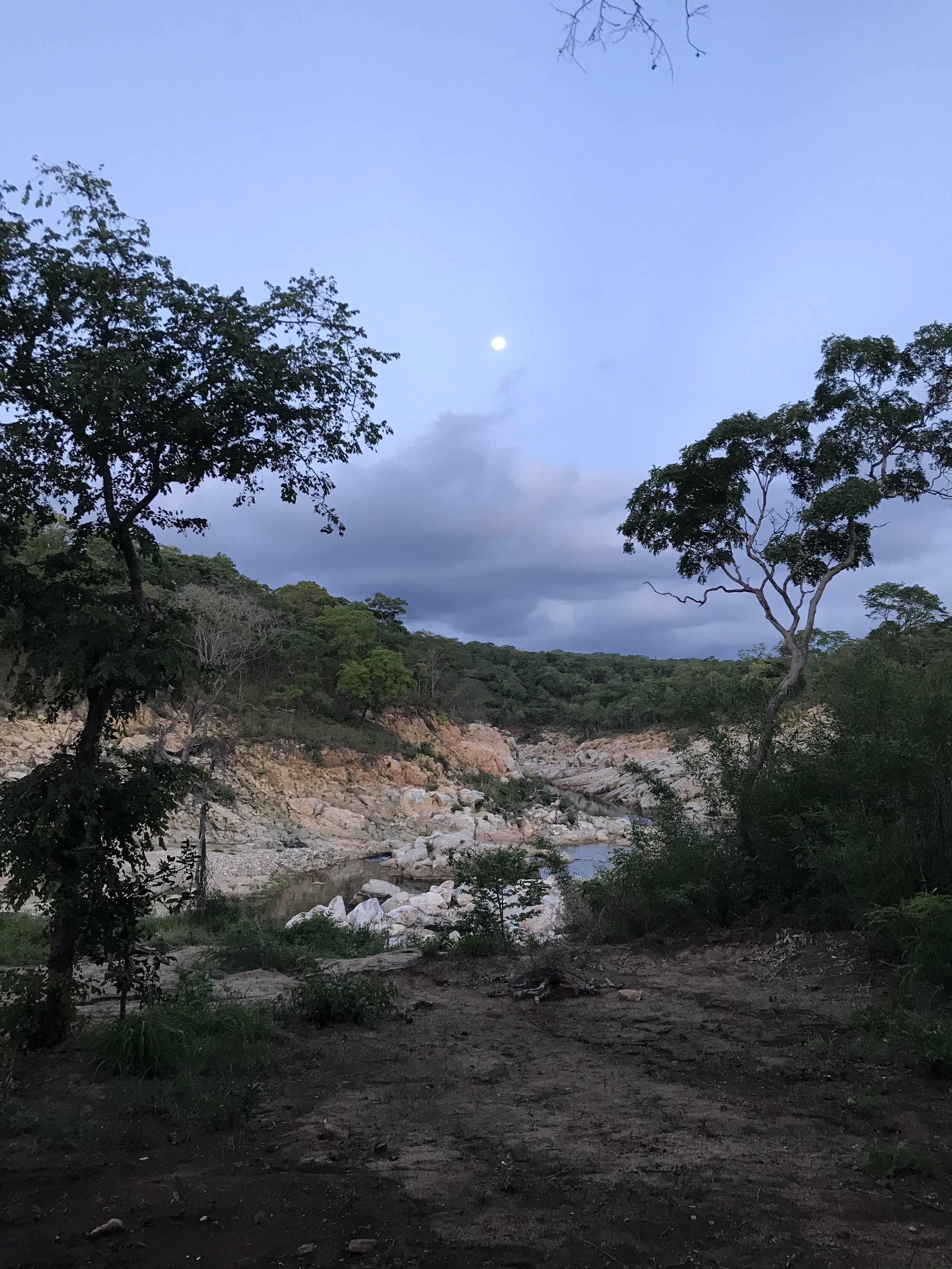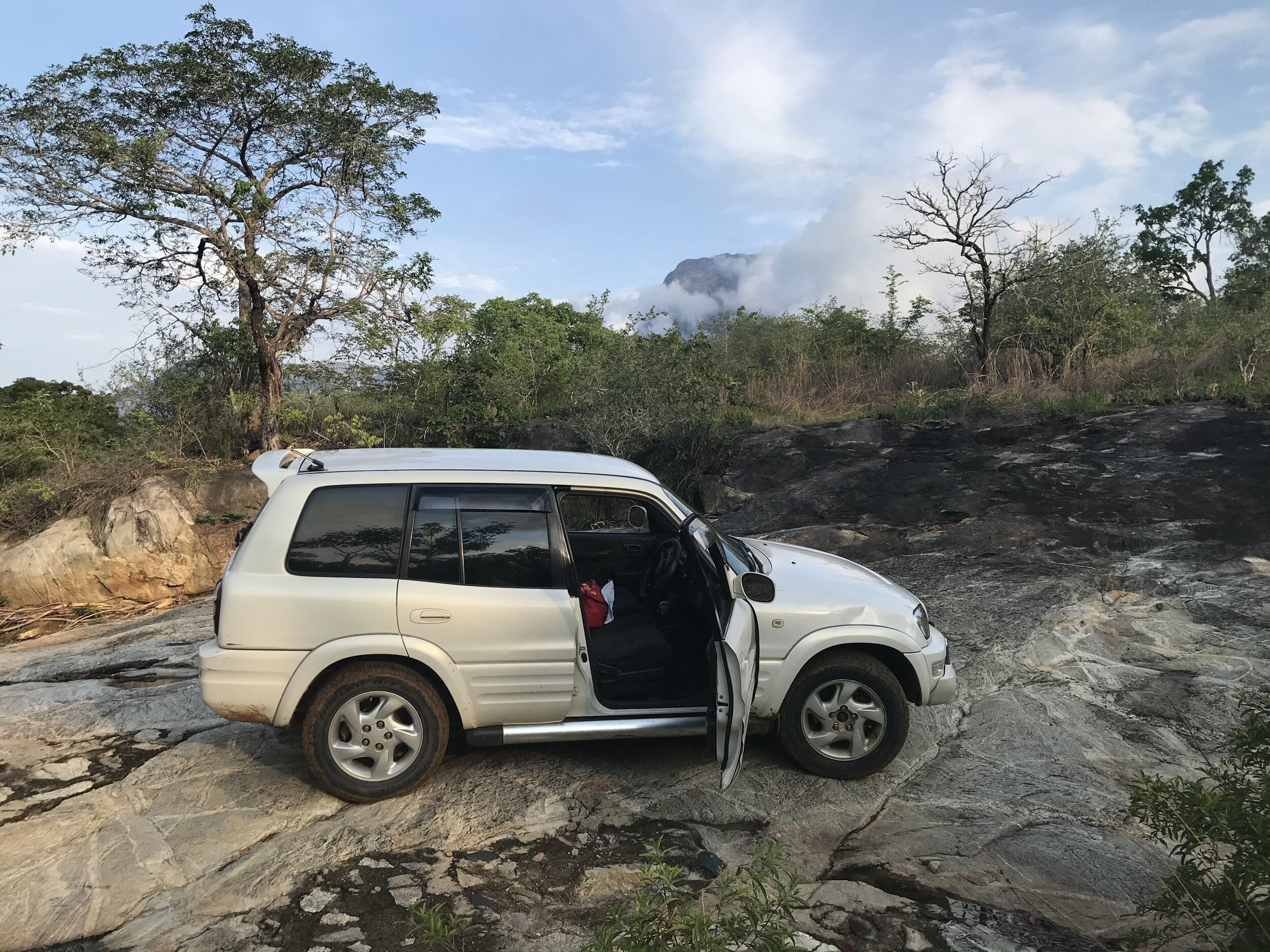To take a break from the beach, we recently drove to the Chimanimani mountains, which are on the border between Mozambique and Zimbabwe and about a day’s drive from Vilankulo. They are in the Chimanimani National Park, in Manica province; we are in Inhambane province. I have seen the mountains from my cousin’s house at Humani, in Zimbabwe, and so it was very cool to be able to climb them from the Mozambique side.
Getting there was (as it always seems to be) an adventure. We had been staying at our friend’s lodge near the Save Bridge (a few hundred kms before the mountains) for the week before the trip, looking after it for him while he was away. The plan was that when he came back, we would go straight to the mountains. The road to the park entrance is a winding one through the foothills of the mountains. We set happily off in the morning, got about 50kms, and then…
These pictures show three of the maybe ten times we had to pull over. We had had a multitude of car problems leading up to the journey but took the car to the shop before leaving and thought that it was all fixed for the trip. Well, apparently not so… The car was overheating, struggling to go up the hills, and, just to help things along, the speedometer, gas gauge, horn, and clock stopped working. Who really needs a speedometer though when people walking on the road are passing you by…Every few kms - probably every 15 minutes or so - we had to pull over, open the hood, and wait. Jay thought either the fuel filter needed to be replaced or maybe we had been given dirty gasoline, or both.
Throughout our journey, we were constantly reminded: things could always be worse!
Instead of going to the mountains, we limped into Chimoio, a town I had vowed never to return to after our last trip because it is well known for its plentiful malarial mosquitoes and, indeed, upon returning from there the last time, I got malaria. But, we had no choice, so we crawled into Chimoio to spend the night. We quickly realized that not only did we need a fuel filter, but we had also run over a rather large screw and had a very flat tire.
We decided to have a pizza dinner in a restaurant near where we were staying and relax after the harrowing journey. Halfway through our relaxing meal, though, a storm hit. Thunder, lighting, rain, strong wind. It sounded as if the roof would blow off. The power went out. At least we were sheltered in the restaurant, we thought... But as we sat in the pitch black dining room, we heard the waiter’s voice: “Erm, sorry, but we will need everyone to leave because when it rains the restaurant floods…”
Well. Back to the hotel we walked in the dark and the rain. The next day was better, however. We got the car fixed, and soon were on our way.
We finally made it to the park and were not disappointed. The mountains are beautiful, breathtakingly towering, and the mountain flowers and animals are amazing. On our way in, we saw five common reedbuck (a type of antelope) and a few grey duiker, as well as plenty of baboons and lots of raptors. We were the only guests. We camped at the base of Mt. Binga, the tallest mountain in Mozambique. We didn’t have the equipment to climb it this time, but have planned to attempt to climb to the peak next time we come to the park.
Nyabawa camp. The main camp is at the park entrance and just above the river, and this camp is at the base of the mountains, 18kms from the main camp.
Written in the park:
It rained last night. We woke at around 3am and huddled closer as the water spattered our tent, listening to the thunder rolling over the mountains, the tent illuminated by the occasional flash of lightning. It was a good test - our new tent was indeed waterproof, as advertised. We were in the Chimanimani mountains. It’s the most beautiful verdant place I’ve ever seen, full of green. We spent two nights at Nyabawa camp, which is pretty basic and next to a community. Before arriving, we asked if there was potable water and a toilet/shower. The answer to both questions was “yes, of course.” It turns out that the potable water was from the waterfalls - we filled our bottles directly from the waterfall spring. The shower was, similarly, a deep pool in the river. We were told repeatedly that there are no crocodiles, but then saw a large cave painting of the fattest crocodile I have ever seen, so, while I did swim, I remained suspicious and on the lookout for any reptilian forms.
Crocodile cave painting.
Nyabawa camp set up. We had our fire with our pot over it for cooking, our generator for power, and our waterproof tent in the middle. Unfortunately the camp was full of large biting ants during the day, but they all disappear underground at night, which was the only time we were really at the camp anyway; the rest of the time we were hiking.
We asked two guides from the community if they could show us the way to a waterfall, as we wanted to explore the area and swim in the falls. They spoke only Shona, so Jay, who is fluent, did all the talking. “How far is the walk?” he asked. The lead guide said it was a 1km hike. We asked if it was easy terrain - could we wear flip flops? He said “yes, no problem.” This turned out to be either a straight falsehood or a colossal misunderstanding. We walked for about 40 minutes on pretty technical terrain, in our little flip flops, then asked again how far it was. This time, he said the walk was 1.5 hours. This seemed incredibly long for 1 km... After 1.5 hours had passed we asked again, and were told simply, “it’s far.” We stopped asking after that. It ended up being an 8 hour 23km hike up, down, and around the mountains, but was well worth the sore feet.
Very mountainous terrain.
On the way, we found lots of edible fruits to eat. This is a Mobola plum - very delicious.
We also saw some cave paintings - very cool.
Getting to the paintings was perhaps the most challenging part of the walk; we had to duck under rocks, climb across fallen trees, and balance on thin little trails overlooking deep valleys. Jay got vertigo and had to step away from the cliff edge.
We did eventually make it to the waterfall, and jumped in the clear cold water.
Feet not in such bad condition considering the footwear.
Stew cooked in our camping pot.
The base camp overlooking the little Massapa river. The Massapa Grande is further up the mountain, and we passed over it on our hike.
Camp stew looking over the river in the base camp.
Full moon over the river.
These are some photos of the 18km drive from Nyabawa camp back to the main river camp.
And here are more photos from the hike:
And again from base camp:
Chilling in the rock pools under the base camp.
An anecdote: on our way to the park, we stopped to get cash. In Chimoio, one cash machine was out of cash and the next had a line literally 50 people long. So, we decided to get cash in Sussendenga, a small town between Chimoio and the park, figuring it would be terrible luck for that cash machine to also be unusable. As soon as we arrived, we saw a small crowd, the line immobile. It looked we did, indeed, have terrible luck when it came to cash machines that day. We walked up to them to see what was wrong. “A card is stuck in the machine,” we were told. We went in and saw, indeed, a card stuck in the machine. The assembled people had tried to get it out to no avail. We went to the car, where Jay had a toolkit, and from there got some tweezers, but those were still too fat to pull the card out.
“How did the card get stuck?” we asked. A woman came forward and said, “Well, I put my card in but the machine said there was an error and I should take it out, so I forced it in really hard and it got stuck.” We were flabbergasted. Why would anyone do such a thing?
“Is there another card machine in this town?” we asked. “Oh, no, this is the only one,” came the response. So, we had not option but to go cashless.
Later, driving back home, we stopped once again at that cash machine in Sussendenga, only to be told that it was still broken, but we could use the one a few roads down. “The one a few roads down!?!??!” “Oh yes, at the other bank.” Highly annoyed, we went to that one.

